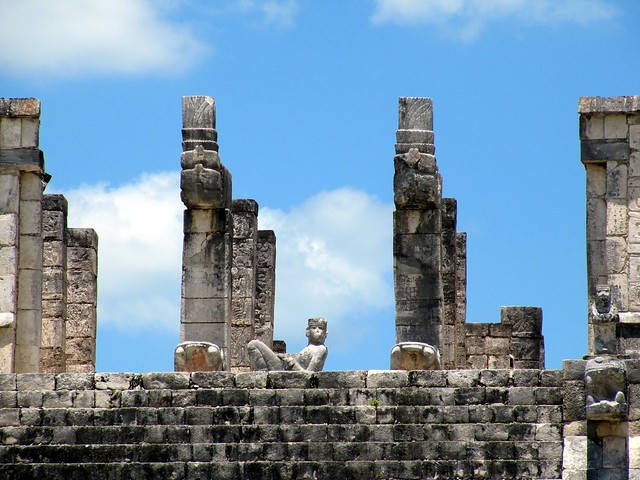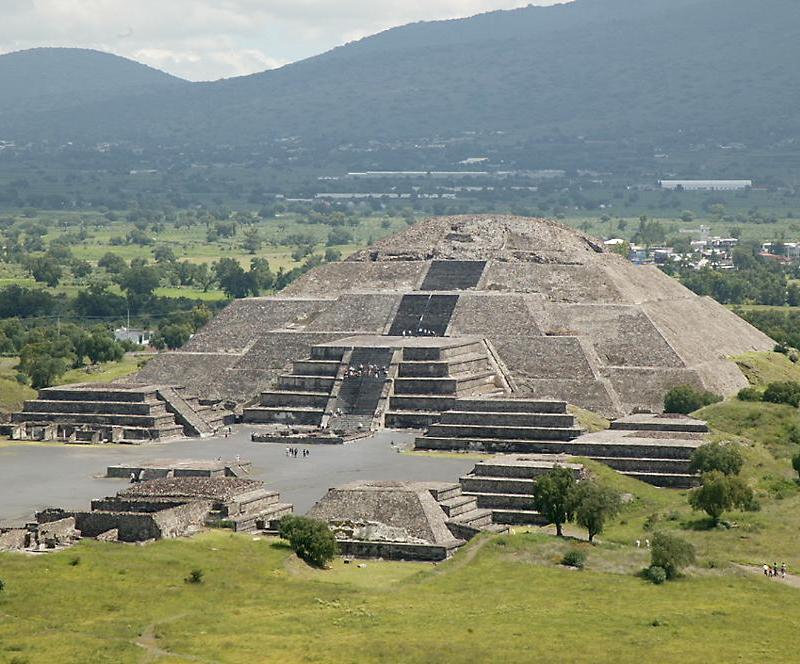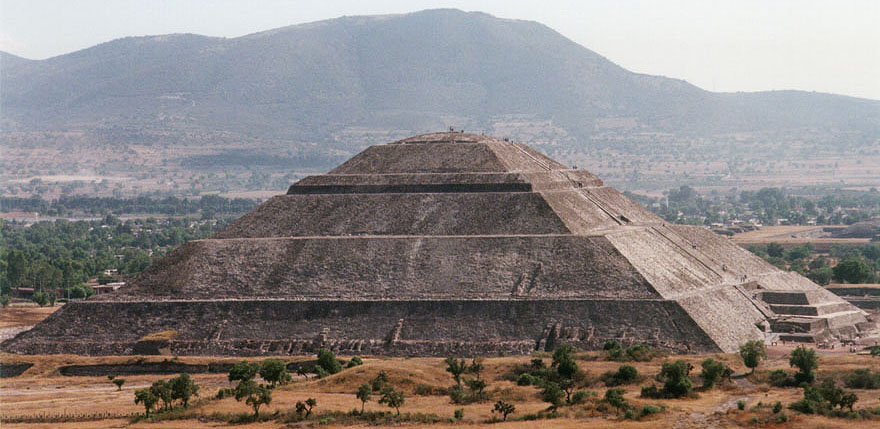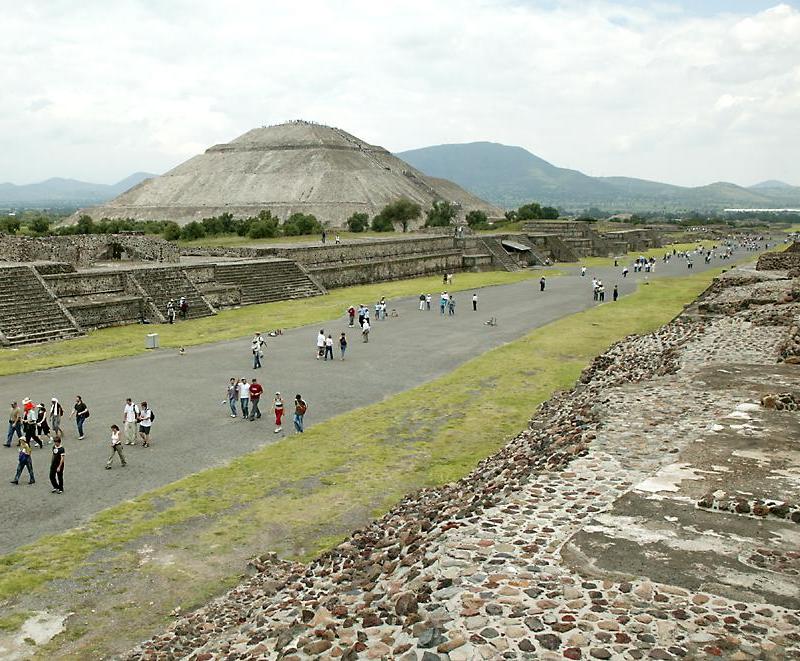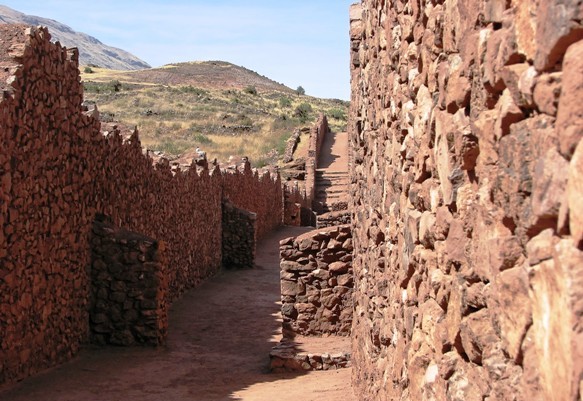On this
week’s blog I will be focusing on the development of a set of urban laws that
the Spanish created. These laws are vital to how cities were founded and built
in the colonization of the Americas. These vital guidelines are outlined in the
“Laws of the Indies”. According to Gasparini, the author of the essay I wrote,
there are 148 laws that helped discover, establish and create the building of
new cities.
When reading through all the
laws, there are a few main points that I took away as being very important. To
begin, the laws provide a spatial representation of information, giving guidelines
about how a group or individual could discover or take over an area. These are
laws numbered 1-31, discussing points such as no tolerance for encroaching on
already inhabited and settled areas, as well as learning about natives that
already lived in the area from a conquering point of view.
The
following section discusses more about the city planning aspects of the urban
form. I found that the laws from this section could be broken into 3 groups or
steps. The first step is about the physical structure of the land itself.
People would want it to be fertile, close to water, and use the land to protect
from others and the environment itself. Second, the laws focus on the selection
of the site itself. The leader delineates land to others throughout an
organization of a hierarchy of space. Once the other people have the land, they
must begin farming or building on the land. Thirdly, there is a step in
organizing the actual layout of the town. For a grid like plan there are many
requirements such as the town square being the starting point of the town.
Also, the street layout requires four principal streets within the square and
four streets surrounding the square. In addition the size and overall design of
the city will be varied based on the population. Finally, these laws are
followed by laws for the commons.
When
reading the important features from the essay, it is obvious the Spanish had
specific guidelines in its discovery and conquering of new cities. This shows
that the urban form is created by specific rules which shows organization and
advanced thinking in this period of time. When analyzing the three main areas
of the Laws of Indies, it showed me that these laws had some control over the
spread of the Spanish empire as well as stressed some importance about the
original layout of the land, because they could see the importance of location
and the physical environment in the long run. I also recognized that the laws
do not directly state the city has to be built in a grid form, but because of
the laws and restrictions, the grid pattern is enforced.
Overall the Spanish had specifics
in creating their cities. From finding a location, to constructing the city, to
planning the city, every step of the way was calculated based on these laws. It
is fascinating to see how advanced thinking began that long ago. I believe that
if these laws were followed in today’s society that we would have much more
organized cities. Therefore, the Spanish had advanced laws that helped transform
the urban landscape.
I will see you all next week for
my final blog of the semester!





